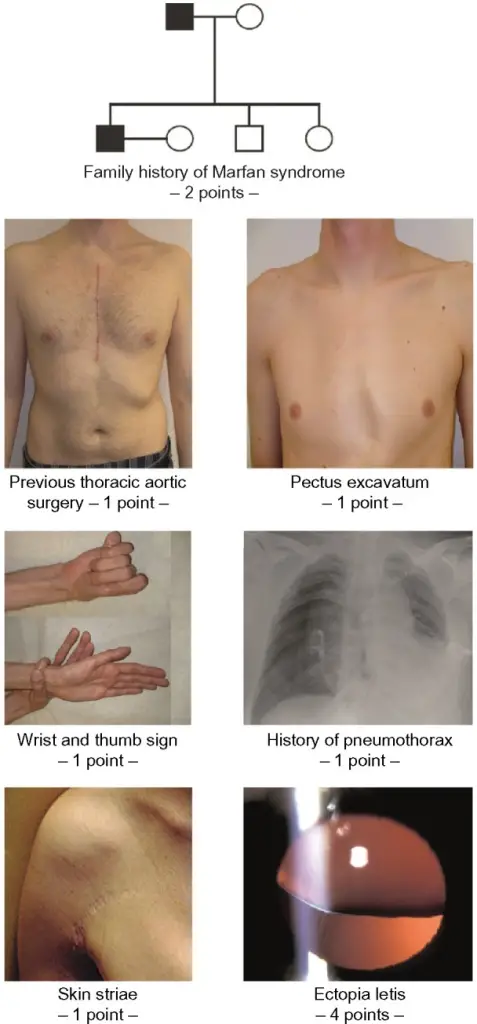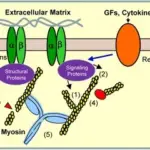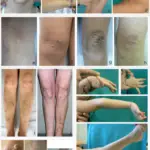Marfan syndrome is an autosomal dominant connective tissue disorder due to defective fibrillin.
What is the Pathology of Marfan Syndrome?
The pathology of Marfan syndrome is:
-Etiology: The cause of Marfan syndrome is FBN1 gene mutation on chromosome 15.
-Genes involved: FBN1 gene mutation on chromosome 15.
-Pathogenesis: The sequence of events that lead to Marfan syndrome is defective fibrillin, a glycoprotein that forms a sheath around elastin.
How does Marfan Syndrome Present?
Marfan syndrome affects males and females equally, and the mutation shows no ethnic or geographical bias. The symptoms, features, and clinical findings associated with include tall stature, long extremities, pectus carinatum or pectus excavatum A, hypermobile joints, and long fingers.
How is Marfan Syndrome Diagnosed?
The diagnosis of Marfan syndrome relies on defined clinical criteria. The Ghent criteria, comprising a set of major and minor manifestations in different body systems. Chest x-ray, electrocardiogram (ECG) and echocardiogram are used to evaluate changes in the heart and blood vessels, and detect heart rhythm problems. CT or MRI is needed to evaluate for dural ectasia. Genetic testing is used to confirm diagnosis.
How is Marfan Syndrome Treated?
There is no cure for Marfan syndrome. Regular checkups are recommended to monitor the cardiovascular system to slow the progression of aortic dilation and prevent any damage to heart valves by eliminating heart arrythmias, by minimizing the heart rate, and lowering the person’s blood pressure.
What is the Prognosis of Marfan Syndrome?
The prognosis of Marfan syndrome is good. Adequate prophylactic monitoring and prophylactic therapy offers something approaching a normal lifespan, and more manifestations of the disease are being discovered as more patients live longer.



